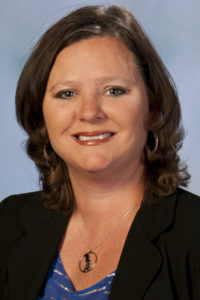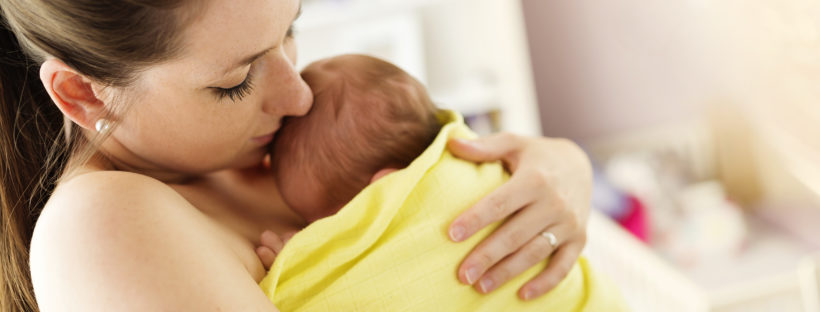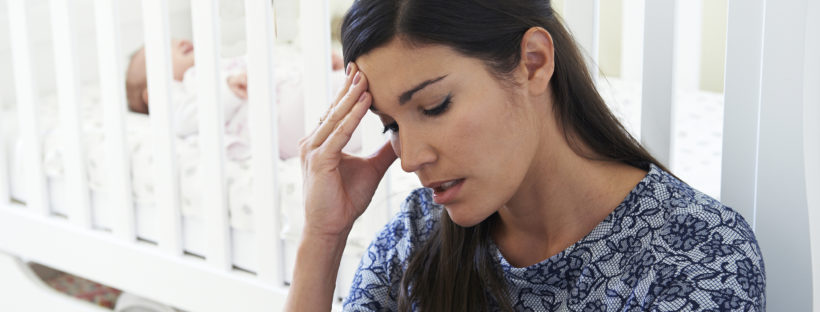by Jennifer Doyle
As we close out Women’s History Month, and I want to take this moment to discuss an issue that is not only dear to my heart but also takes the lives of more than 700 women each year—maternal mortality.
A maternal death is defined as the death of a woman during pregnancy or within one year of the end of pregnancy. The death is determined to be pregnancy-related if the cause of death is related to or aggravated by the pregnancy or its management, but not from accidental or incidental causes.
Of the 5,259 deaths within a year of pregnancy completion that occurred during 2011–2013 and were reported to the Centers for Disease Control and Prevention (CDC), 38.2% were found to be pregnancy-related. In the United States, more than half of all maternal deaths occur after birth—often after discharge from the hospital. This doesn’t have to happen. In fact, at least half of all pregnancy-related deaths are preventable when the warning signs of pregnancy or childbirth complications emerge and a mom can get the timely care she needs from her healthcare providers. The reality is that many women do not receive consistent messages or adequate guidance on identifying the warning signs of complications, or instructions about when, and where to obtain necessary medical attention.
AWHONN has created specific instructions for acting on these warning signs called “SAVE YOUR LIFE: Get Care for These POST-BIRTH Warning Signs.” Here are the specific signs you should watch for and act on during the first year after birth:
- Pain in your chest
- Obstructed breathing or shortness of breath
- Seizures
- Thoughts of hurting yourself or your baby
- Bleeding that is soaking through one pad/hour, or blood clots the size of an egg or bigger
- Incision that is not healing
- Red or swollen leg that is painful or warm to touch
- Temperature of 100.4 °F or higher
- Headache that does not improve, even after taking medicine, or a bad headache with vision changes
For moms: If you are experiencing any of these post-birth warning signs, contact your health care provider or go to the nearest urgent care or hospital as soon as possible. For serious and potentially life threatening warning signs like pain in your chest, obstructed breathing, seizures, or if you have thoughts of hurting yourself or your baby, call 911. Let all responders know that you gave birth within the past year.
Recognizing and acting on these warning signs and complications that can lead to a mom’s death or injury is essential to reducing maternal deaths in the United States. Share this information with pregnant women you care for. AWHONN is committed to working together with nurses and moms to reduce maternal mortality rates. Let’s help women to be aware and to recognize the signs of post-birth complications in order to begin reversing this alarming trend.
Additional resources:
- Discharge Education on Maternal Morbidity and Mortality Provided by Nurses to Women in the Postpartum Period (JOGNN)
- Improving Postpartum Education About Warning Signs of Maternal Morbidity and Mortality (Nursing for Women’s Health)
- FOR CONSUMERS: Learn These Post-Birth Warning Signs (Healthy Mom & Baby)
 Jennifer Doyle is the 2018 AWHONN President and a women’s health nurse practitioner with nearly 25 years of experience in obstetrics. She is the APN of the Women’s Service Line at Summa Health in Akron, OH, as well as faculty and coordinator of the WHNP program at Kent State University in Kent, OH.
Jennifer Doyle is the 2018 AWHONN President and a women’s health nurse practitioner with nearly 25 years of experience in obstetrics. She is the APN of the Women’s Service Line at Summa Health in Akron, OH, as well as faculty and coordinator of the WHNP program at Kent State University in Kent, OH.





 There is a moment after labor when you realize that not only is your sweet little baby a patient, but that you are too. At least for me, that was something that hadn’t really registered. On the day that my little baby girl Isla was born I very quickly began to understand we would both need a ton of care in the hospital and at home.
There is a moment after labor when you realize that not only is your sweet little baby a patient, but that you are too. At least for me, that was something that hadn’t really registered. On the day that my little baby girl Isla was born I very quickly began to understand we would both need a ton of care in the hospital and at home.
 Danni Starr
Danni Starr


 Tanya earned her Bachelor’s Degree and did her master’s course work at the University of Louisiana at Monroe and work as an assistant director at a historical museum. She is a writer of non-fiction and poetry and currently working on a book discussing World War II. She is most importantly a wife and proud mother of two and several fur-babies.
Tanya earned her Bachelor’s Degree and did her master’s course work at the University of Louisiana at Monroe and work as an assistant director at a historical museum. She is a writer of non-fiction and poetry and currently working on a book discussing World War II. She is most importantly a wife and proud mother of two and several fur-babies.